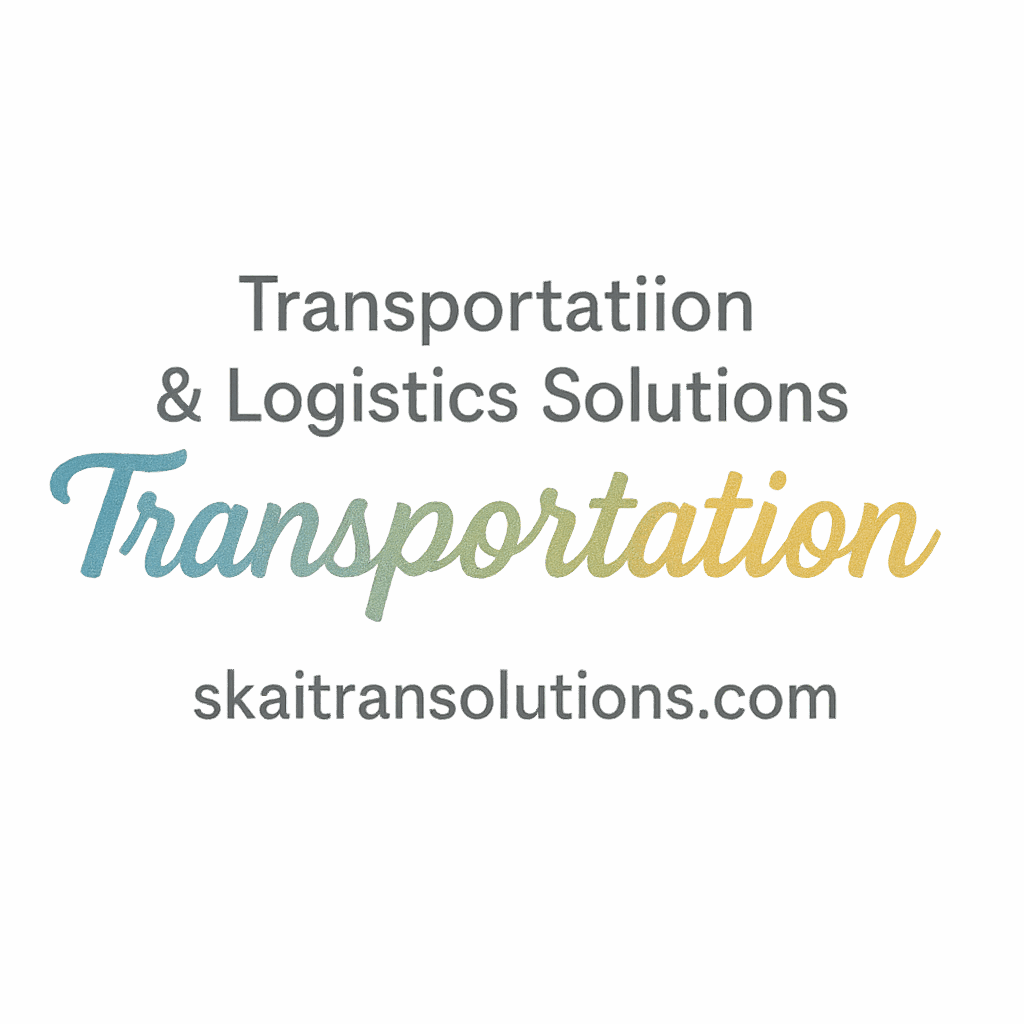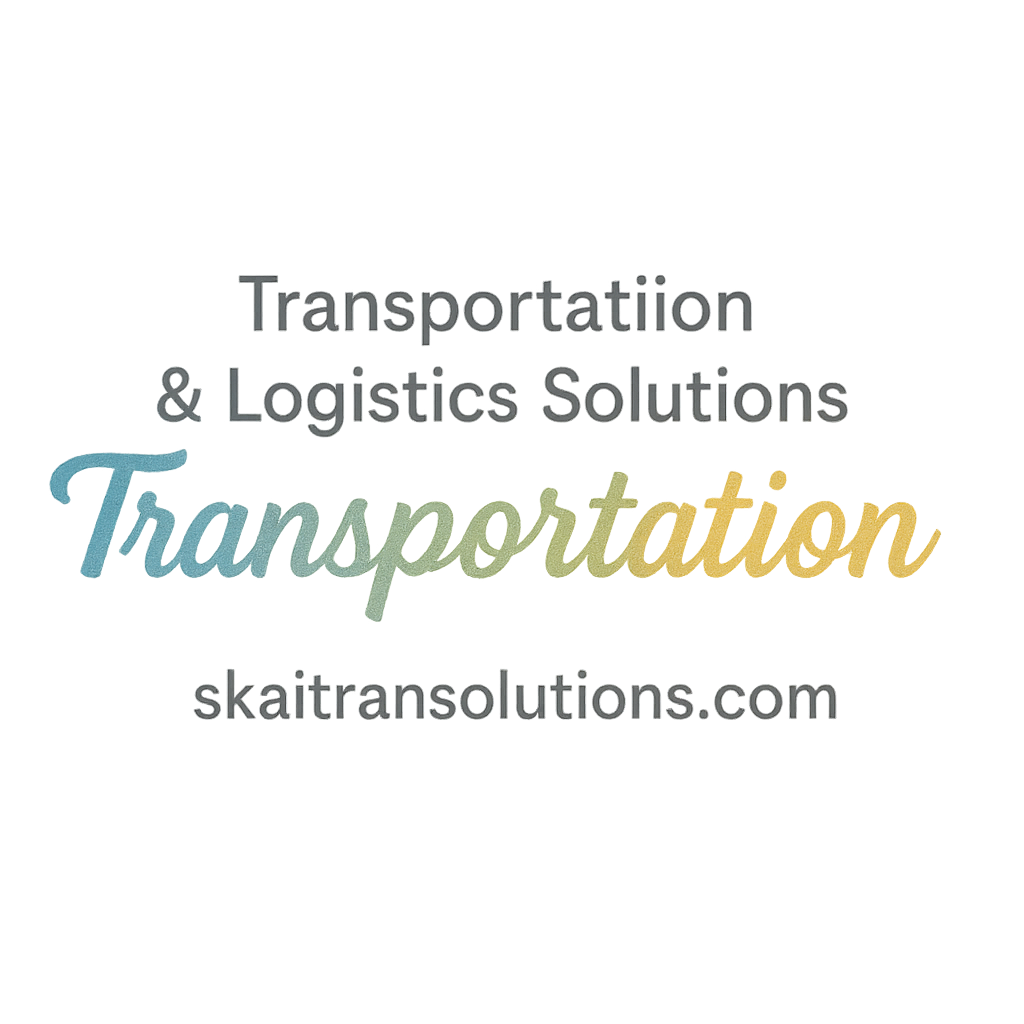Introduction: Why Last-Mile Delivery Matters
Last-mile delivery—sounds simple, right? It’s just the final step of a product’s journey from warehouse to doorstep. But here’s the kicker: it’s also the most complex, costly, and critical part of the entire logistics chain.
According to industry data, last-mile delivery can account for more than 53% of total shipping costs. Why? Because of traffic delays, failed deliveries, customer expectations for real-time updates, and high service demands.
So how do you tackle this chaos? The answer: optimize, innovate, and streamline every mile.
Let’s explore 7 powerful ways to optimize last-mile transportation delivery—and why getting it right can be a total game changer for your business.
1. Route Optimization Is Your Secret Weapon
If there’s one area you can’t afford to overlook, it’s your delivery routes. Think about it—every extra turn, traffic jam, or inefficient detour eats away at time and profits.
Real-Time Traffic and GPS Tools
Using GPS-based tools and live traffic updates is like having Google Maps on steroids. These tools not only show the fastest routes but also automatically reroute based on accidents, road work, or weather.
This alone can slash delivery time by up to 25%.
AI-Powered Route Management
Enter Artificial Intelligence. With AI, routes can be optimized based on historical delivery data, customer availability, and even fuel efficiency. This kind of smart logistics can:
- Reduce fuel consumption
- Improve on-time delivery rates
- Lower driver fatigue
Want to explore more about AI innovation in logistics? Visit Transportation Technology Innovation.
2. Invest in Smart Transportation Technology
Technology isn’t just a tool—it’s the backbone of any modern last-mile operation. From telematics to automation, the right tech can unlock serious efficiency gains.
Telematics and Vehicle Monitoring
Ever wonder how your vehicles are really performing on the road? Telematics systems track:
- Vehicle speed and idling
- Fuel usage
- Driver behavior
Pair this with KPIs and performance metrics, and you’ve got full visibility and control.
Delivery Apps and Automation
Today’s delivery apps allow drivers to scan packages, get signatures digitally, and receive real-time instructions. Combine this with warehouse automation and you’ll be faster, smarter, and more agile.
Explore more Operational Best Practices to stay ahead.
3. Boost Performance with Real-Time Data
If data is the new oil, then real-time data is rocket fuel for logistics.
Delivery KPIs and Metrics You Should Track
You can’t improve what you don’t measure. Track things like:
- On-time delivery rate
- Average delivery time
- Customer satisfaction scores
- Failed deliveries
Dive deeper into transportation KPIs to understand how high performers optimize.
Predictive Analytics and Machine Learning
Imagine knowing which deliveries are likely to fail before they even happen. With machine learning, that’s possible. Predictive tools help dispatchers proactively fix issues before they snowball.

4. Enhance Customer Experience Every Mile of the Way
In today’s world, customers want more than just fast—they want frictionless.
Real-Time Notifications and Delivery ETAs
Nobody likes waiting around all day. Real-time updates with ETAs give customers peace of mind and reduce the dreaded “where’s my package?” inquiries.
Customer Feedback and Post-Delivery Surveys
Encourage customer input post-delivery. Not only does it show you care, but it helps improve services and builds trust.
Check out Customer Experience and Safety strategies to see how leaders do it.
5. Improve Fleet and Driver Performance
A great fleet without a great driver team? That’s like having a Ferrari with no one to drive it.
Training, Compliance, and Safety Inspections
Regular driver training and safety inspections keep your team sharp and your operation compliant.
And let’s not forget compliance—it’s not optional. Dive into transportation compliance best practices to stay audit-ready.
Performance-Based Incentives
Reward drivers for low idle times, fast deliveries, and customer reviews. Recognition drives motivation—it’s that simple.
6. Use Micro-Fulfillment Centers Strategically
Want to really speed things up? Get closer to your customers.
The Rise of Localized Inventory
Micro-fulfillment centers are popping up everywhere for a reason—they cut delivery times from days to hours.
Plus, they reduce fuel costs and emissions. A win-win.
Partnerships with 3PLs and Local Hubs
Not ready to open your own micro hubs? No worries. Partner with third-party logistics (3PL) providers and local distributors to extend your reach without the capital expense.
Explore more logistics and supply chain solutions.
7. Embrace Sustainable Delivery Practices
Sustainability isn’t a buzzword anymore—it’s a business imperative.
Eco-Friendly Vehicles and Route Planning
Electric vehicles (EVs), hybrid fleets, and optimized route planning don’t just reduce your carbon footprint—they slash fuel costs.
Learn more about innovation and autonomous delivery vehicles shaping the future.
Reducing Delivery Failures and Returns
Failed deliveries cost time, money, and environmental resources. Reduce failure rates through:
- Accurate address verification
- Flexible delivery windows
- Customer confirmations
Bonus Tip: Use a Data-Driven Strategy
Everything we’ve talked about—from route optimization to sustainability—relies on one thing: data.
A truly optimized last-mile system runs on insights, not guesswork. That means tracking, analyzing, and refining every step, every day.
If you want to build a bulletproof strategy, explore our transportation industry insights section and our dedicated guides on strategy.
Conclusion: The Road Ahead for Last-Mile Optimization
Let’s face it—last-mile delivery isn’t going to get any easier. But that doesn’t mean it has to be harder. With the right tools, strategies, and mindset, you can turn your delivery challenges into competitive advantages.
Whether you’re optimizing routes, enhancing the customer experience, or embracing sustainability, it all starts with one simple idea: continuous improvement.
Ready to supercharge your last-mile delivery game? Then buckle up, take the wheel, and start driving your logistics forward.
For more strategies and solutions, don’t forget to explore SkaiTran Solutions.
FAQs
1. What is last-mile delivery in logistics?
Last-mile delivery refers to the final step of the shipping process, where goods are transported from a distribution center to the customer’s doorstep.
2. How can route optimization improve last-mile delivery?
It reduces delivery times, fuel costs, and driver fatigue by finding the most efficient paths using real-time data and AI.
3. What technologies help in optimizing last-mile delivery?
Technologies like telematics, GPS, delivery apps, automation tools, and AI-based route planning play key roles.
4. Why is customer experience crucial in last-mile delivery?
Because it’s the final touchpoint—positive experiences build loyalty, while bad ones can cost you repeat business.
5. What role do KPIs play in delivery optimization?
They help track performance, identify problems early, and guide data-driven decisions for continuous improvement.
6. Are micro-fulfillment centers worth investing in?
Yes, they drastically reduce delivery times and operational costs by placing inventory closer to end customers.
7. How can I make my last-mile delivery more sustainable?
Use eco-friendly vehicles, reduce failed deliveries, and adopt smart route planning to lower your carbon footprint.


